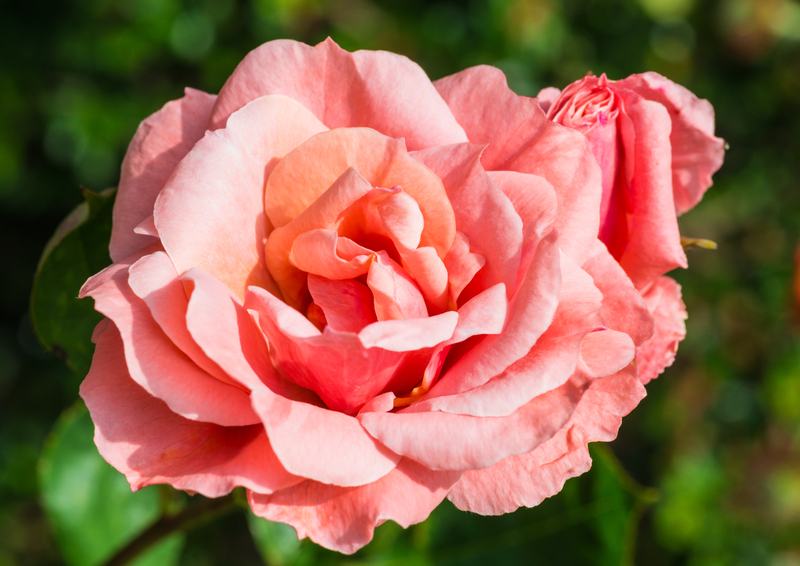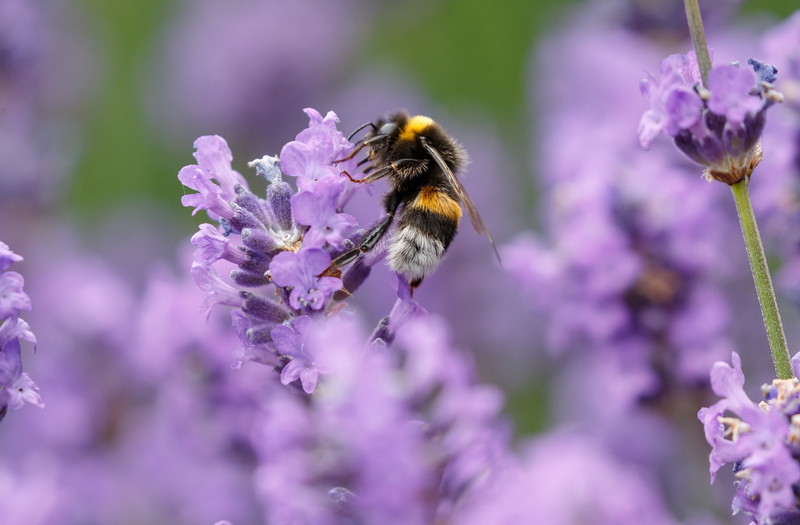Treating Lawn Yellow Patch Issue
Posted on 14/10/2025
Treating Lawn Yellow Patch Issue
Yellow patches in your lawn can be an eyesore and a significant concern for any homeowner. These patches can occur due to several reasons, ranging from improper watering to fungal infections. Tackling this issue requires a comprehensive understanding of its root causes and adopting the appropriate treatment strategy. In this article, we will discuss various methods for treating lawn yellow patch issues, provide practical tips, and outline the pros and cons of these approaches.
Identifying the Cause of Yellow Patches
Before jumping to solutions, it's crucial to identify the root cause of the yellow patches. The primary reasons include:
- Improper Watering: Both under-watering and over-watering can lead to yellow patches.
- Nutrient Deficiency: A lack of essential nutrients like nitrogen can cause the grass to turn yellow.
- Soil Compaction: Compacted soil can restrict root growth and reduce oxygen levels.
- Fungal Infections: Yellow patches can indicate a fungal infection such as Dollar Spot or Brown Patch.
- Pest Infestations: Chinch bugs and other pests can feed on grass, turning it yellow.

Treating Yellow Patches: Step-by-Step Guide
1. Proper Watering Practices
Yellow patches due to watering issues can be addressed by adopting the correct watering techniques:
- Consistent Watering: Water your lawn early in the morning to minimize evaporation and ensure deep penetration. Avoid frequent shallow watering.
- Proper Drainage: Check if your lawn has adequate drainage to prevent waterlogging. Aerating the soil can help improve drainage.
2. Correct Nutrient Deficiencies
If a nutrient deficiency is the issue, consider the following steps:
- Soil Testing: Conduct a soil test to identify nutrient imbalances. This will help you determine the type and amount of fertilizer required.
- Fertilization: Use a balanced, slow-release fertilizer to provide the necessary nutrients. Apply according to the recommended guidelines.
3. Soil Aeration
Compacted soil can be remedied through aeration:
- Aerating Tools: Use a lawn aerator or a garden fork to create holes in the soil, allowing air, water, and nutrients to reach the grass roots.
- Frequency: Aerate your lawn at least once a year, especially in high-traffic areas.
4. Treating Fungal Infections
If fungal infections are the cause, take the following measures:
- Fungicide Application: Use a proper fungicide according to the manufacturer's instructions to treat the infection.
- Preventive Measures: Reduce moisture on grass blades by watering in the morning and improving air circulation by trimming surrounding plants.
5. Managing Pest Infestations
For pest-related yellow patches, consider the following steps:
- Identify Pests: Properly identifying the pests is crucial. Consult local gardening experts if needed.
- Pesticide Use: Apply appropriate pesticides or natural remedies to eliminate the pests. Follow the recommended guidelines to avoid harming beneficial insects and plants.
Tips for Maintaining a Healthy Lawn
- Regularly mow your lawn at the recommended height for your grass type.
- Maintain a consistent watering schedule, ensuring deep and even watering.
- Fertilize your lawn as needed based on soil test results.
- Aerate your lawn annually to reduce soil compaction.
- Keep an eye out for signs of pests and fungal infections, and address them promptly.
Pros and Cons
Pros
- Improved lawn aesthetics and health.
- Enhanced grass growth and resilience.
- Reduction in water wastage due to efficient watering practices.
- Better soil quality and nutrient availability.
Cons
- Labor-intensive and time-consuming processes.
- Potential costs associated with soil testing, fertilizers, and pesticides.
- Need for ongoing maintenance and monitoring.

Takeaways
- Identify the root cause before applying treatments for yellow patches in your lawn.
- Implement proper watering, fertilization, and aeration practices to promote lawn health.
- Address fungal infections and pest infestations promptly to prevent widespread damage.
- Consistent lawn care and maintenance are essential for long-term health and aesthetics.
Conclusion
Treating lawn yellow patch issues requires a systematic approach that involves identifying the cause and implementing the appropriate remediation steps. Proper watering, adequate fertilization, soil aeration, and pest control play significant roles in maintaining a lush, green lawn. Although these processes can be labor-intensive and may incur costs, the resulting healthy and attractive lawn is well worth the effort. Follow the tips and guidelines provided to ensure your lawn remains vibrant and free from yellow patches.



